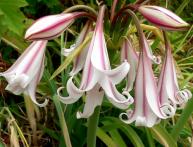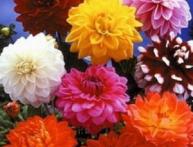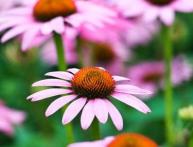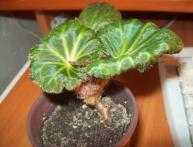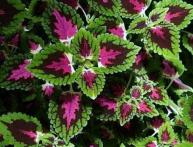The hydrangea in the photo, as in the garden, will decorate the flower collection
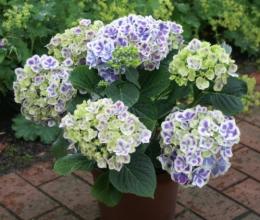
Hydrangea in the photo is one of the most common ornamental plants. Hydrangeas belong to the Hydangiaceae family; some reference books classify them as the Saxifraga family.
The hydrangea in the photo is a perennial subshrub with dark green leaves arranged oppositely. Hydrangea inflorescences are large, spherical, consisting of flowers grown from sepals of white, pink, blue, lilac or red. The diameter of the inflorescences ranges from 15 to 30 cm. The fruit is a multi-seeded capsule.
By growing hydrangea in a pot, you can get a bush with large, spectacular inflorescences, of which from 1 to 7 are formed. They are located above the leaves at the top. In open ground, one hydrangea bush can be decorated with up to 100 (and sometimes more) spherical inflorescences. The fewer flowers there are, the larger the flowers and inflorescences. The uniqueness of hydrangea - in the ability to easily change the color of inflorescences. Why, before flowering, the bush is watered with aluminum alum (5 grams per 1 liter of water). In this case, white sepals will turn blue, pink sepals will turn lilac. If you add iron salts to the substrate, the color of the sepals will be blue.
Hydrangea is shade-tolerant plant, feels good in both bright and semi-shaded places, but the flowering plant does not tolerate direct sunlight, requiring shading.
During growth, the hydrangea bush evaporates a lot of water and quickly withers when there is a lack of moisture, having difficulty recovering. That is why, from spring to autumn hydrangea water generously soft settled water, only drainage is necessary. When dormant, the plant is rarely watered, just so that the earthen ball does not dry out.

